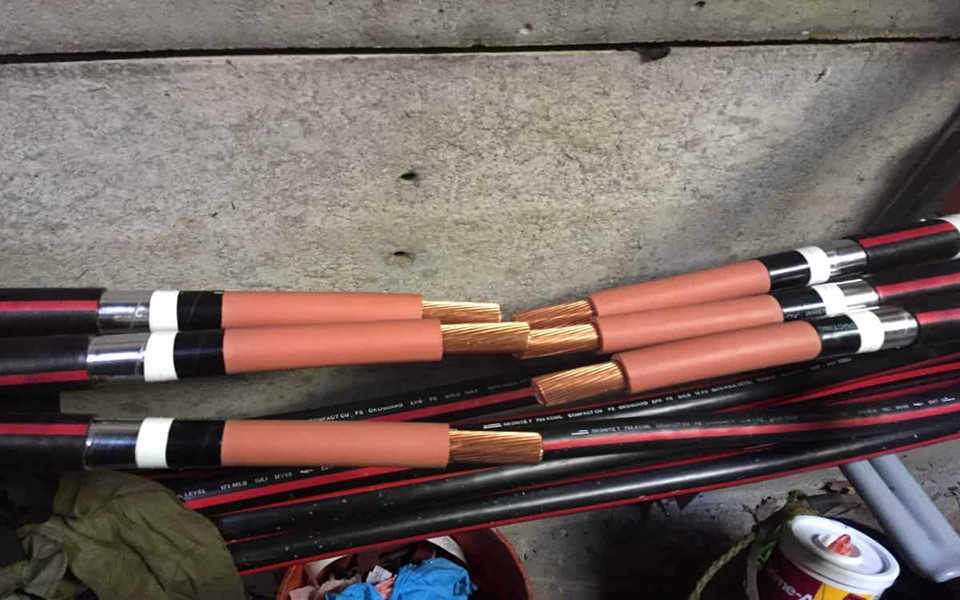With the development of electricity, there are more and more aspects of relying on electricity in life, and the importance of wire and cable is also highlighted. We know that wire and cable are used for power transmission.
If the wire and cable continue to heat up during operation, the temperature of the wire and cable will be too high.
If short, it will cause a short circuit trip, and heavy will cause fire, so use wire and cable. Special care must be taken when the heat is generated during operation.
The following are the six major factors that lead to power cable heating during operation.

1. The cable conductor resistance does not meet the requirements, forming a hot scene of the cable during operation.
2. The cable selection type is improper. The conductor cross-section of the formed cable is too small, and the overload phenomenon occurs during operation. After long-term use, the cable's heat and dissipation are unbalanced to form a fever scene.
3. When the cable device is placed too densely, the ventilation and heat dissipation effect is not good, or the cable is too close to other heat sources, which affects the normal heat dissipation of the cable, and may also form a hot phenomenon in the operation of the cable.
4. The joint manufacturing skills are not good, the crimping is not tight, and the contact resistance at the joint is too large, it will also form a cable episode fever.
5. The cable phase insulation function is not good, the formation of insulation resistance is small, and the operation will also have a fever scene.
6. The partial sheath of the armored cable is damaged. After the water enters, the insulation function is slowly destructive, and the insulation resistance is gradually reduced, forming a fever phenomenon during the cable operation.
After the power cable has a fever scene, if the fault is not found, the cable will continue to be connected to the power supply and the insulation heat breakdown will occur. The formation of a cable attack phase-to-phase short-circuit trip scene, severe may lead to a fire.
In order to ensure the safe operation of the cable, the following factors should be considered when selecting power cables for cable design:
1. The cable's rated voltage should be greater than or equal to the rated voltage of the power supply system at the installation point.
2. The cable continuous allowable current should be equal to or greater than the maximum continuous current of the supply load.
3. The core cross-section to meet the requirements of the stability of the power supply system in the event of a short circuit.
4. According to the cable length verify whether the voltage drop meets the requirements.
5. The minimum short-circuit current at the end of the line should enable the reliable operation of the protection device.
6. High breakdown strength, and low dielectric loss.
7. A relatively high insulation resistance, and excellent discharge resistance.
8. With a certain degree of flexibility and mechanical strength, insulation performance has long-term stability.